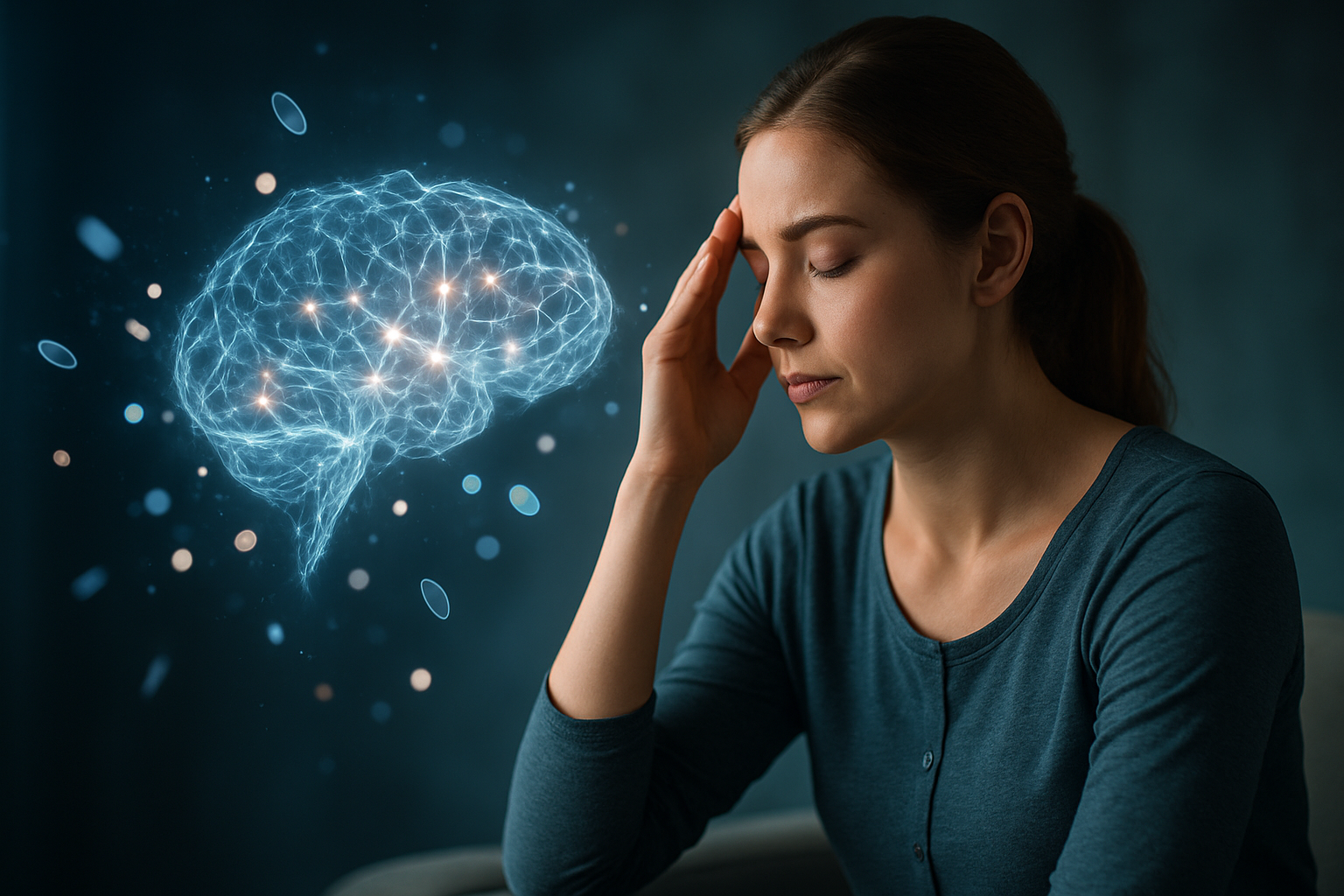Mindfulness: A Path to Mental Clarity and Resilience
In an era marked by constant digital connectivity and relentless demands on our attention, the ancient practice of mindfulness has emerged as a powerful antidote to modern stress and anxiety. Rooted in Buddhist meditation traditions, mindfulness has gained significant traction in Western psychology and neuroscience over the past few decades. This surge in popularity is not merely a passing trend, but a response to the growing need for tools to navigate an increasingly complex world. As individuals grapple with information overload, work-life imbalance, and the pressures of social media, mindfulness offers a way to cultivate mental clarity, emotional regulation, and overall well-being. Its appeal lies in its simplicity and accessibility, requiring no special equipment or beliefs, only a willingness to pay attention to the present moment without judgment.

Since then, mindfulness has been adapted and integrated into various therapeutic approaches, including Mindfulness-Based Cognitive Therapy (MBCT) for depression relapse prevention. Its applications have expanded beyond clinical settings to schools, workplaces, and even professional sports teams. This widespread adoption has been fueled by a growing body of scientific research demonstrating its benefits for mental health, cognitive function, and even physical well-being.
The Neuroscience of Mindfulness
Advances in neuroimaging technologies have allowed researchers to peek inside the brains of long-term meditators and novices alike, revealing fascinating insights into how mindfulness practice affects brain structure and function. Studies have shown that regular mindfulness practice can lead to increased gray matter density in regions associated with learning, memory, emotion regulation, and perspective taking.
One of the most striking findings is the impact of mindfulness on the default mode network (DMN), a set of brain regions active when we’re not focused on the external world. Overactivity in the DMN is associated with rumination and anxiety. Mindfulness practice has been shown to decrease activity in the DMN, potentially explaining its effectiveness in reducing worry and promoting a sense of calm.
Moreover, research suggests that mindfulness can enhance neuroplasticity, the brain’s ability to form new neural connections and adapt to new experiences. This increased flexibility may underlie the cognitive and emotional benefits observed in mindfulness practitioners.
Mindfulness in the Digital Age
As our lives become increasingly intertwined with technology, the practice of mindfulness faces new challenges and opportunities. The constant pings of notifications and the allure of infinite scrolling on social media platforms directly compete with our ability to stay present and focused. Paradoxically, this digital landscape has also given rise to a plethora of mindfulness apps and online resources, making the practice more accessible than ever before.
However, the commercialization of mindfulness has led to concerns about its dilution and commodification. Critics argue that the “McMindfulness” phenomenon, where mindfulness is packaged as a quick fix for workplace productivity or personal happiness, misses the deeper transformative potential of the practice. This tension between accessibility and authenticity remains a topic of ongoing debate in the mindfulness community.
Mindfulness in Education and Child Development
The integration of mindfulness practices into educational settings represents one of the most promising frontiers in the field. Schools around the world are incorporating mindfulness programs into their curricula, aiming to improve students’ focus, emotional regulation, and overall well-being. Early research suggests that these programs can lead to reduced stress, improved attention spans, and better academic performance.
For children and adolescents growing up in an increasingly complex and demanding world, mindfulness offers valuable tools for managing emotions and developing resilience. By teaching young people to observe their thoughts and feelings without getting caught up in them, mindfulness can help break cycles of negative self-talk and anxiety that often take root in childhood.
The Future of Mindfulness Research and Practice
As mindfulness continues to gain mainstream acceptance, researchers are exploring new applications and refining our understanding of its mechanisms. One area of growing interest is the potential of mindfulness in addressing societal issues such as implicit bias and conflict resolution. By fostering awareness of our habitual thought patterns and reactions, mindfulness may help individuals recognize and overcome unconscious prejudices.
Another promising avenue is the integration of mindfulness with emerging technologies. Virtual and augmented reality platforms are being developed to create immersive meditation experiences, potentially making the practice more engaging for newcomers. Additionally, wearable devices that provide real-time biofeedback are being used to enhance mindfulness training, allowing practitioners to observe the immediate physiological effects of their practice.
As we look to the future, the challenge will be to balance the scientific rigor necessary to validate mindfulness interventions with the experiential, subjective nature of the practice itself. There’s also a growing recognition of the need to adapt mindfulness teachings to diverse cultural contexts, ensuring that the benefits of the practice are accessible and relevant to people from all backgrounds.
In conclusion, mindfulness stands at the intersection of ancient wisdom and cutting-edge science, offering a powerful tool for navigating the complexities of modern life. As research continues to uncover its potential benefits and mechanisms, the practice of mindfulness is likely to play an increasingly important role in our approach to mental health, education, and personal development. By cultivating moment-to-moment awareness, we may find not only relief from stress and anxiety but also a deeper connection to ourselves and the world around us.





